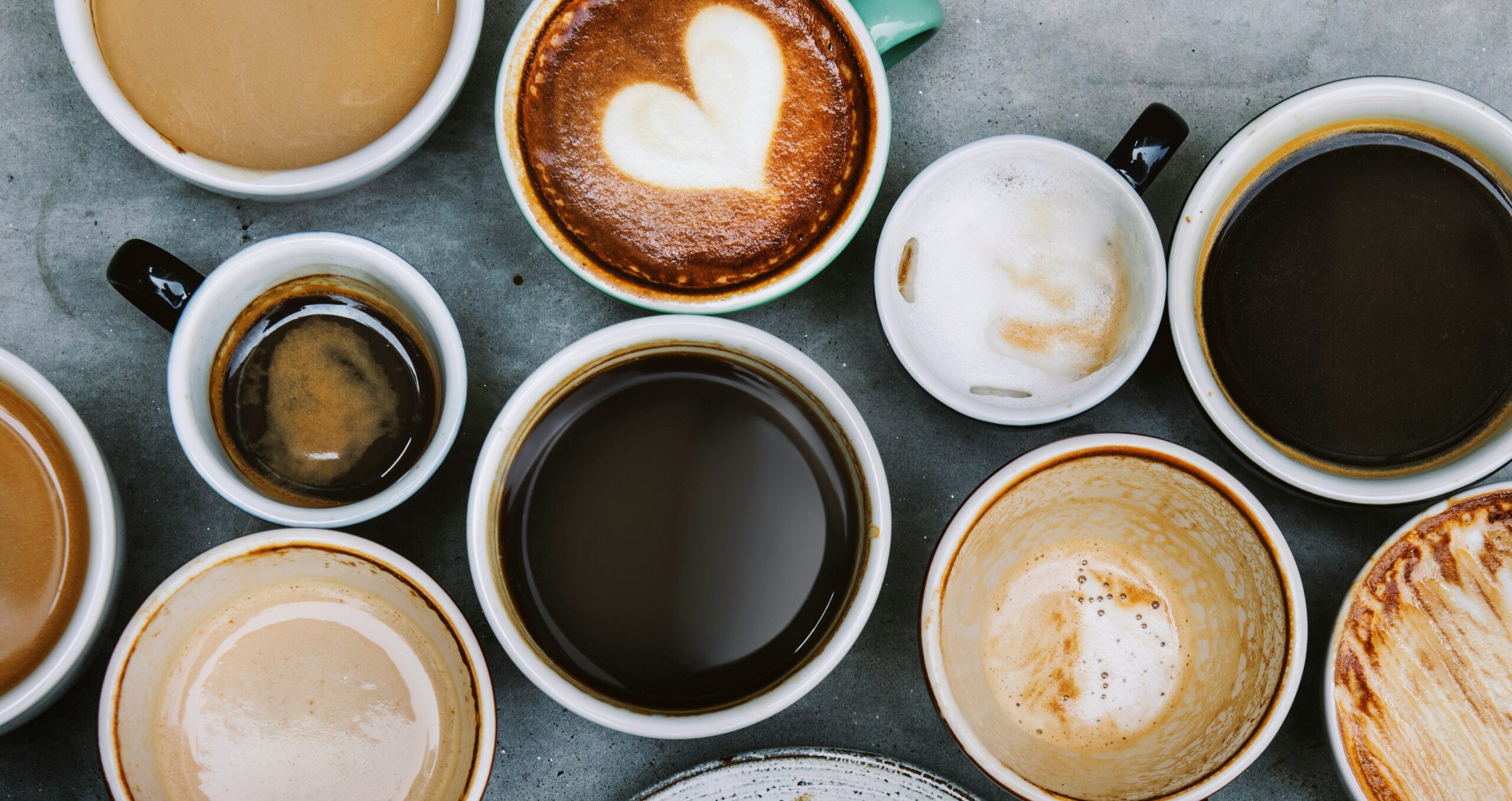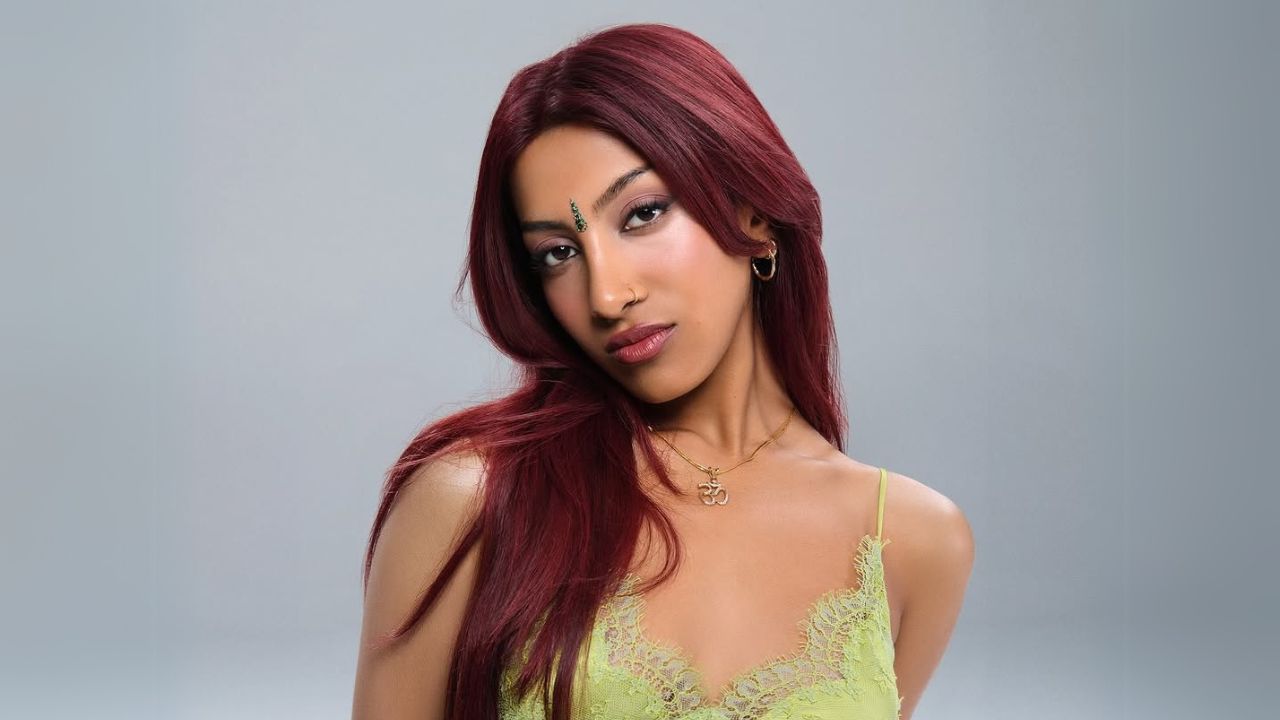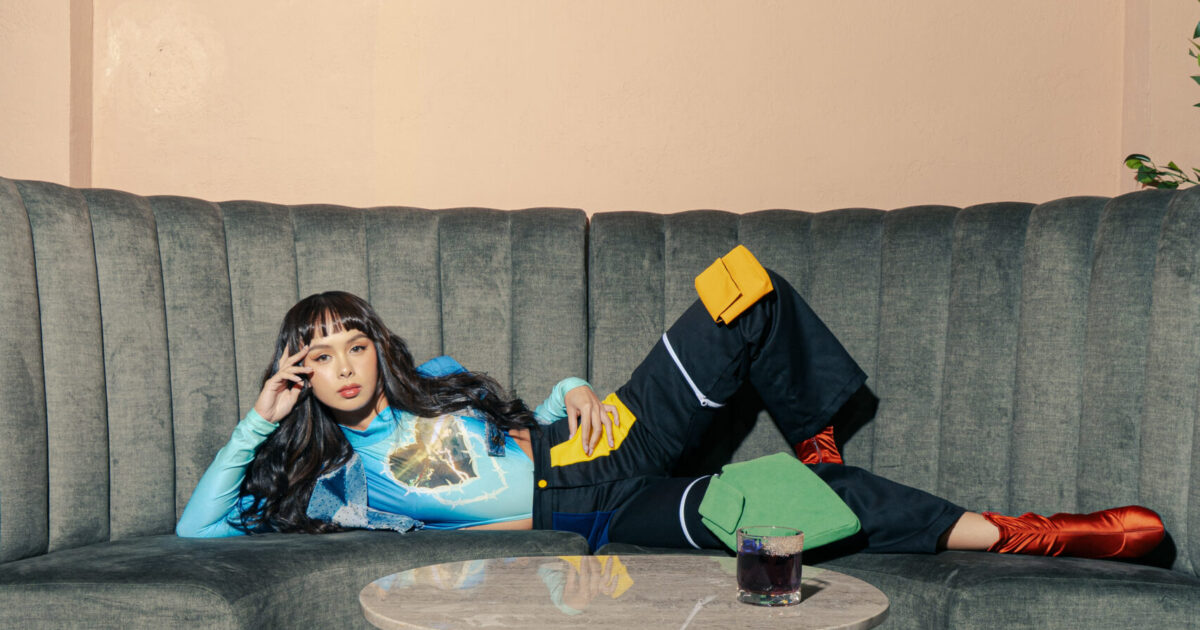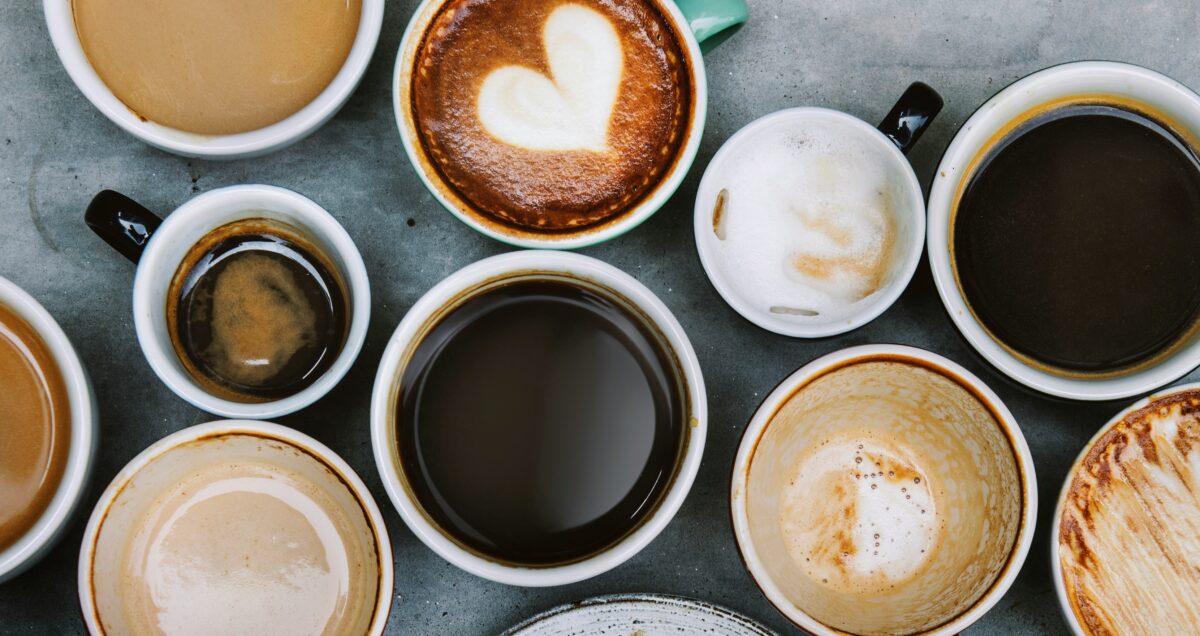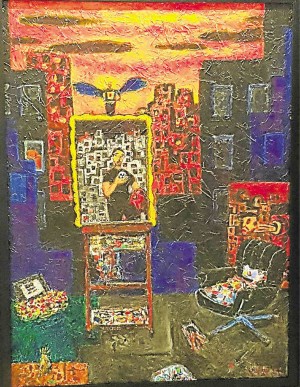
Of course, one cannot look at the works of Charlie Co without being keenly aware that this resilient artist has been admirably fighting a war on two fronts.
From the start of his artistic career, the content of his art and the choice of his themes, has always been informed by a sensitive awareness of his immediate environment and the peculiar circumstance of the society from whence he emerged, which could not be separated from his essence as an artist.
As a Negrense, who has always been adamantly and happily based in the capital city of Bacolod, the immediate response to his art has always been directed toward the land that nurtured and nourished his unique sensibility and social consciousness, and shaped by its physical surroundings. As recalled by critic Alice Guillermo: “The seashore, the church, the sugarcane plantations, the mansions of the elite, the glorietta in the plaza with the band playing, all of which make up the tapestry of his life.”
Above all, it was the social reality of Negros—the injustice and unrest so resignedly accepted by the sacadas, or field workers—that became the substance of his art.
What differentiates his aesthetics from other artists who reference the same themes was Charlie Co’s manner of visual transmission: He has, as his armory, the elements of humor and fantasy, mirth and frivolity. His imagery and narrative scenes, without the sweaty vehemence and rage that such a critical subject engenders, edge toward the boundary between reality and the beyond, a charming surrealism of flying birds and beasts that can only be called Chagall-esque.
What may at first seem like child’s play is, at the core, ruthlessly allegorical, sharply satirical—not smothering the viewer with “meaning” and “message” but nonetheless transparently manifest.
His works deliver a calculated effect and a sympathetic smile while he eviscerates the powers that be, mired in their own folly and fatuity.
Leaving the confines of his birthplace, the artist has roamed the global geopolitical terrain, literally wading into the battleground of conflict-ridden countries, which are never specified but rather are deployed as metaphors of universal destruction and ruination—a moral breakdown gaping before our horrified eyes.
Unbeknownst to the greater public, these powerful works were, all along, being conceived and created while the artist himself was engaged in another battle—to save his own life—afflicted as he was, since youth, with a serious case of diabetes which, in time, after decades of insidious damage to his system, necessitated the urgent need of a kidney transplant.
Now with a second lease on life, and, because more physically fit, the artist is hale and hearty, presenting his recent works at the Altro Mondo Gallery in a show, titled appropriately enough, “Guerra-Guerra.”
The works thus unfailingly allude to the private wars aforementioned. “At My Studio” is a veritable view of the artist’s studio, with a revealing self-portrait, the artist holding a skull—a la Hamlet lamenting his friend, poor Yorick—an omen of death. Behind him is a rising mound of consumed packets of his immunosuppressant drugs, counterpointed by a heap of emptied oil and acrylic tubes.
Another work, “In the Midst of Suffering,” invites a personal reading of the Crucifixion, but not of the Biblical Calvary scene.
So, too, is the work “In my Brother’s Arms,” a numbing allusion to the “Pieta,” and the deadly war on drugs, surely not of the prescriptive kind.
Voltaire once said: “To learn who rules over you, simply find out who you are not allowed to criticize.”
As is well-known, Charlie Co’s works are a railing against the artist’s bête noire: the military, corporate and political figures, the landed gentry, even the emotional vampires, that dominate and control our lives, whose ill repute has been derisively equated to a porcine visage by the artist, while the powerless people have been reduced to one shattering scream of agony, echoing the classic work of Edward Munch and Picasso’s “Guernica,” with the horse in its death throes, thrusting out a dagger-like tongue.
In “Trump Tower,” the American president has not been spared, his pompadour blonde hair turned into a crenellated crown.
Also present in many of these works is the artist’s signature dummy with the pointed Pinocchio nose, sported too by crows that circle round their prey.
Charlie Co’s “Guerra-Guerra” forces us to accept the paradoxical notion that “the purpose of all war is peace.” —CONTRIBUTED
Altro Mondo Gallery is at 3/L, Greenbelt 5, Ayala Center, Makati City. Call 5013270/71 or 09178887872.



